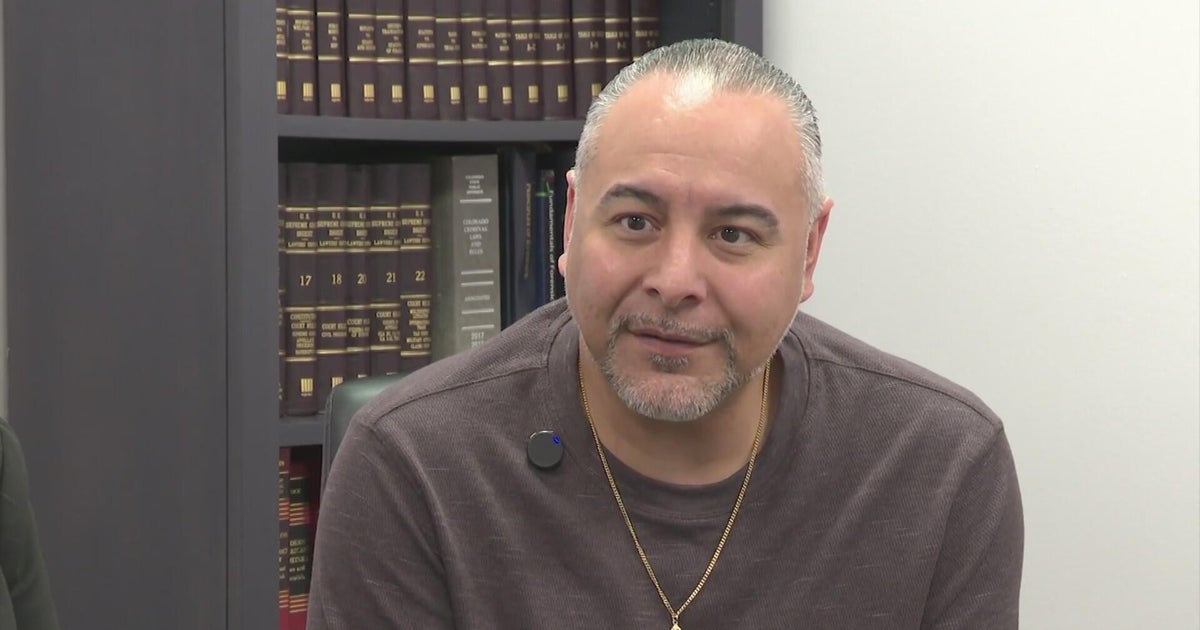Mammogram patients now have to be told about their breast density. Here's what to know.
Mammography facilities now have to notify patients about the density of their breasts, a step aimed at improving early detection of breast cancer.
The new rule, which went into effect Tuesday, was part of updated mammography regulations outlined by the U.S. Food and Drug Administration last year.
While similar laws have already been enacted in many states, including Colorado and Minnesota, this is the first nationwide regulation.
This ruling, which will inform patients whether they have dense breasts or not, is "so important," Dr. Elizabeth Comen, breast cancer oncologist at NYU Langone Health said Tuesday on "CBS Mornings."
"This is critical for two reasons. One, having dense breasts may increase your risk of breast cancer. And number two, when you have dense breasts, it means that when you get a mammogram, it may be harder to detect a breast cancer, and you may need additional imaging," she said.
Here's what to know.
What is dense breast tissue?
Breast density is a measure of how much fibrous and glandular tissue there is in your breast compared with fat tissue, according to the American Cancer Society.
Dense breasts or dense breast tissue is also the term used to describe how some breasts look on a mammogram. On mammographies, both masses and tissue show up as white. This means dense breasts, which have less fat and more tissue, may not show tumors or other masses as well on images captured by standard mammograms.
Despite common misconceptions, dense breasts can't be determined by self-exams or clinical exams. This means it doesn't depend on how your breast "feels."
"A lot of people will say, 'I know I have dense breasts because it feels lumpy to me.' That was actually not accurate. We can only know if your breast tissue is dense by the definition used by professionals based on how it photographs on a mammogram," Dr. Toma Omofoye, a breast imaging radiologist at the MD Anderson Cancer Center, previously told CBS News.
It's also not whether breasts are "perky" or "saggy," Comen said.
"It is not something that you can see or feel or touch," she said. "It is something that a radiologist will tell you based on what they see on a mammogram."
How common is dense breast tissue?
Having dense breast tissue is common, according to the National Cancer Institute. About half of women over 40 in the United States who get mammograms have been found to have dense breasts.
Dense breasts are often inherited, but can also be influenced by using menopausal hormone therapy and having a low body mass index, according to the institute.
"Some women have more dense breast tissue than others. For most women, breasts become less dense with age. But in some women, there's little change," the American Cancer Society's website states.
Having this type of tissue is linked to a higher risk of developing breast cancer. Since denser tissues also make it more difficult to spot signs of cancer on a mammogram, making it harder to diagnose the disease, additional screening using an MRI or ultrasound may be advised.
For women at average risk, breast cancer screenings should be done every other year starting at age 40, according to official recommendations from the U.S. Preventive Services Task Force, an independent panel of national experts.
"Talk to your doctor about your personal risk factors (and) your family history to know what your risk is," said Comen. "You may need to start actually screening before age 40 based on your family history,"







